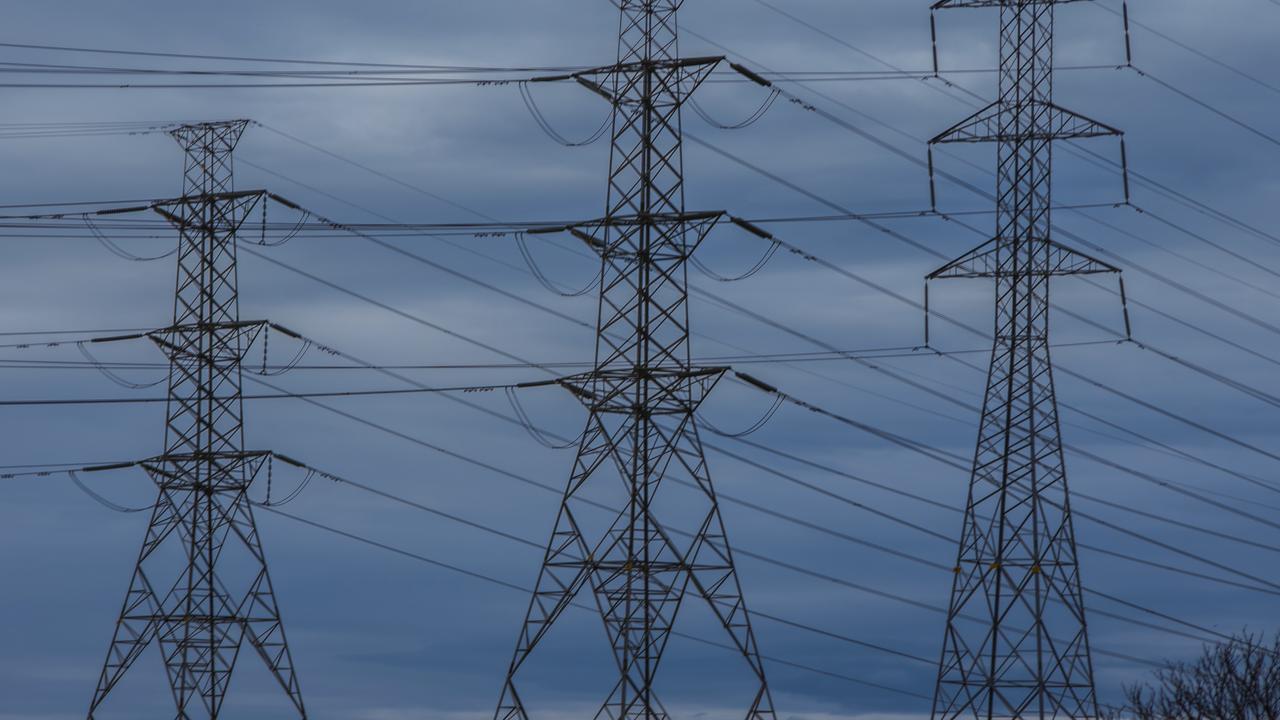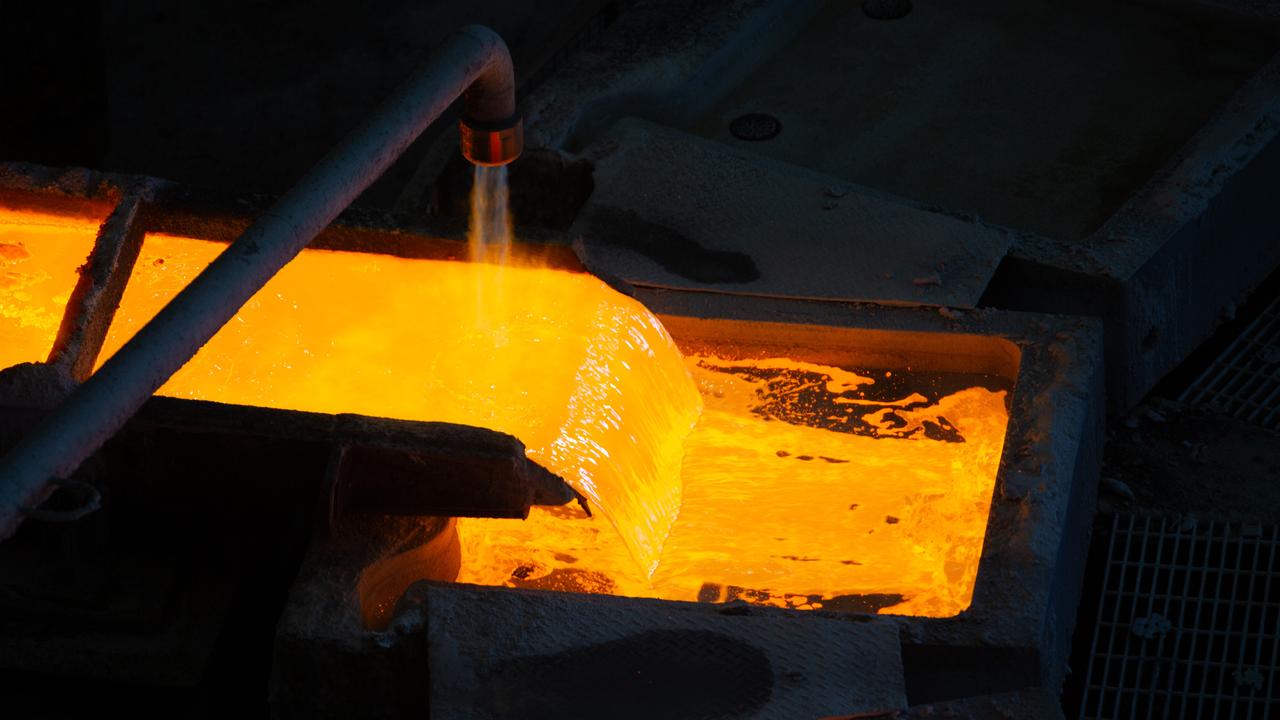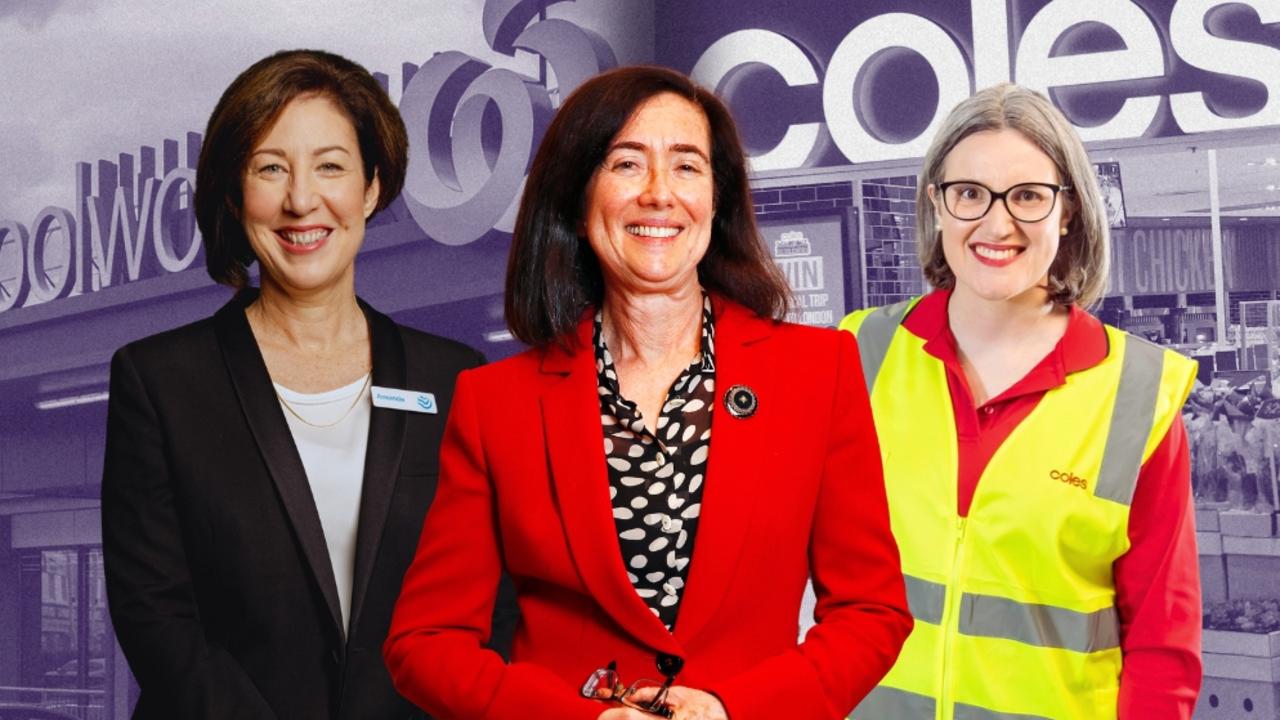Grattan plan to ban gas appliances to reach green goal
The effort required to replace the estimated 5m gas stoves installed in Australia means governments need to tighten policy settings immediately to force the fossil fuel out of the house.

Business
Don't miss out on the headlines from Business. Followed categories will be added to My News.
State and territory governments face a new energy battleground this decade, following a new demand to rip out gas appliances and ban new connections to homes and small businesses so Australia can achieve net zero emissions by 2050.
The plan from the Grattan Institute think-tank would trigger a deadline for the sale of gas appliances, a ban on new residential and small commercial gas connections and the need for instant asset write-offs for landlords installing electrical appliances as part of moves to get gas out of Australian homes.
Removing gas from the nation’s energy supplies may also cause a fresh political headache for governments, which are already under pressure to deliver an ambitious green transformation, shifting the electricity network from fossil fuels to renewables.
The Albanese government wants to wean about five million homes off gas, investing $1.6bn to help low-income households and businesses adopt energy-efficiency measures such as solar panels and electric appliances as part of a sweeping electrification package in the budget.
An ACT plan to ban gas for new homes and businesses has been criticised, with plumbers saying the move will trigger job losses, energy price spikes and the premature shutdown of billions of dollars worth of gas assets.
The bill for phasing out gas has been forecast as exceeding $6bn. While the Grattan Institute says those costs are now lower, the costs of upgrading electricity networks are likely to be dwarfed by the cost to households – exacerbated by supply chain constraints, skilled labour shortages and the sheer scale of the work required.
“In Victoria you would need to convert 200 households every day for the next 25 years. In some ways, it’s more of a logistical problem than a cost problem,” Grattan energy director Tony Wood said. The electrification of Australia’s energy system is already slated to lift demand for electricians across the country, with 2021 estimates from the federal government forecasting the need for another 14,000 trained workers by 2026, to about 157,000.
Another 12,500 skilled workers will be needed for large-scale renewable energy projects, according to AEMO projections.
And the electrification of households will add even more pressure to that skilled labour shortage, the Grattan report says.
“There are 11 million gas appliances in homes across Australia. At a minimum, there are 11 million hours of labour involved in replacing these with electric appliances. Spread over the 27 years to 2050, this amounts to 1400 hours of labour per day – 175 electricians working full time. This is significant added demand for an already stretched workforce,” the report says.
This will come as Australia competes for labour and equipment with other countries, including Britain, the US and Europe, which run similar programs.
The use of gas in homes and commercial buildings accounts for less than 5 per cent of Australia’s annual carbon emissions, but the new report, “Getting off gas: why, how, and who should pay?” highlights the extraordinary logistical challenges facing even that small portion of Australia’s total emissions.
The report argues that, although electric heaters and cookers are ultimately more efficient and cheaper to run, the effort required to replace the estimated five million gas stoves installed in Australian homes – alongside 4.5 million gas water heaters and 2.7 million heating systems that use gas from the mains – means governments need to tighten policy settings immediately to force gas out of Australian homes.

“In all sectors, emissions patterns change very slowly. Assets that use gas tend to be replaced only when they reach the end of their useful life. A gas water heater installed today will still be burning gas in 2035. An industrial furnace installed today could still be burning gas in 2063,” the report says.
“To reach net zero, governments need to start changing asset-replacement patterns now.”
Mr Wood told The Australian that the problem, particularly for Victorian households, was not even necessarily dependent on carbon reduction targets – the looming gas shortfall caused by the end of the Bass Strait fields owned by Woodside and ExxonMobil would require the same transition.
Mr Wood said the work to transition Australian households and small businesses away from gas would take decades – but governments needed to set a deadline in order to run the long public advocacy campaigns needed to get the public on board.
The report likens the effort required to that of switching Australia’s broadcast TV stations from analog to digital.
“The decision to move Australian television networks from analog to digital was made in 1998. The switchover itself began in 2010, and was rolled out over three years. Online information for households was available from 2001, and a widespread communications campaign began in 2008,” the report says.
But the cost of conversion remains a major barrier, the report says.
Induction cookers cost, on average, about $400 more than gas equivalents. Heat pumps cost about $1500 more than instantaneous gas hot water systems and – while split system reverse cycle airconditioning units are now broadly equivalent in price to gas heaters paired with an air conditioner for summer use – ducted units suitable for larger buildings cost about $1800 more than gas heating.
Some state governments are already offering rebates and incentives for replacing gas appliances with electric equivalents. The ACT government offers up to $5000 for a range of electric appliances, and the Victorian government offers $1000 towards the cost of installing heat pumps for hot water systems and reverse cycle airconditioning units.
But that will not be enough to help low-income households transition, and additional incentives will also be needed to convince landlords to convert rental properties.
“Rebates can be very costly to the government. Subsidising $5000 per household with gas would cost $25bn. Subsidies also often require households to have money upfront. A rebate that requires the recipient to spend the money installing an electric appliance to replace a gas one, and then wait for their rebate claim to be assessed and paid, is of no use to someone who doesn’t have the money in the first place,” the report says.
Instead other governments should look to the examples set by the ACT government’s sustainable household scheme, which offers up to $15,000 in zero-interest loans, and to add to the recently announced Albanese government scheme that will offer up to $1bn in low-interest loans for energy-efficient household upgrades.
Additional measures will be needed to f to encourage landlords to upgrade the homes of the 31 per cent of Australian households that live in rental properties.
“When landlords are asked why they do not carry out energy retrofits, the most common factor cited is financial constraints. These can include lack of access to capital, but also the landlords’ expectations of net profits from their rental properties, and their perceptions of retrofit costs,” the report says.
“The simplest way to provide private landlords with a financial incentive to move to all-electric appliances is to provide an instant asset write-off for new electric appliances that replace gas ones.”
Mr Wood told The Australian the sheer amount of work involved needs the same kind of careful planning required to electrify the national grid, despite the relatively small amount of carbon emissions generated by household gas use.
“Very large gas users already are now going to be impacted by the safeguard mechanism – that will be a relatively small number of quite big emitters. The solutions and costs there are not simple, but they’re reasonably well corralled into a small number of sites,” he said.
“Whereas with this, you‘ve got literally millions of small users, all of whom are in generally the same position – but there’s lots of specific differences (between households). You can’t and don’t want to think about doing this overnight – it’s gonna take a long time and there will be costs.”
More Coverage
Originally published as Grattan plan to ban gas appliances to reach green goal









